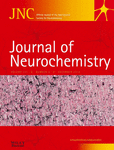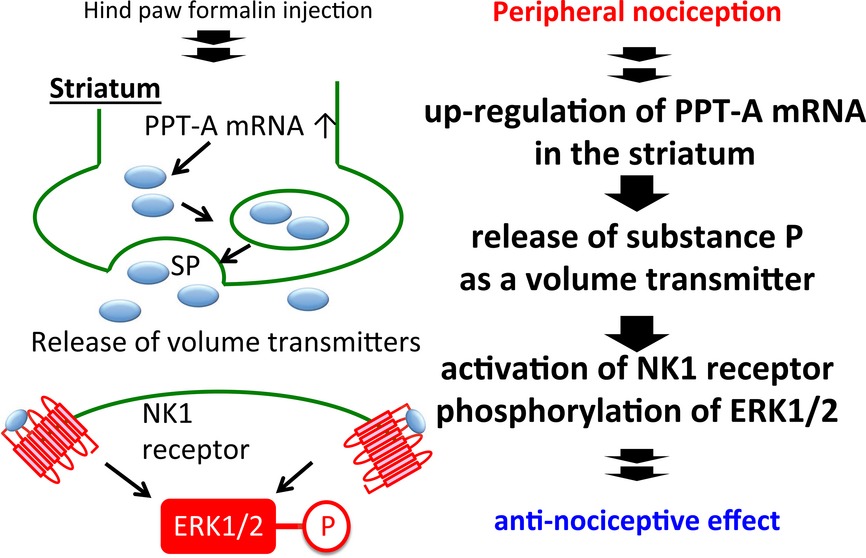Journal list menu
Export Citations
Download PDFs
Issue Cover
Issue Cover (December 2014)
- First Published: 05 December 2014
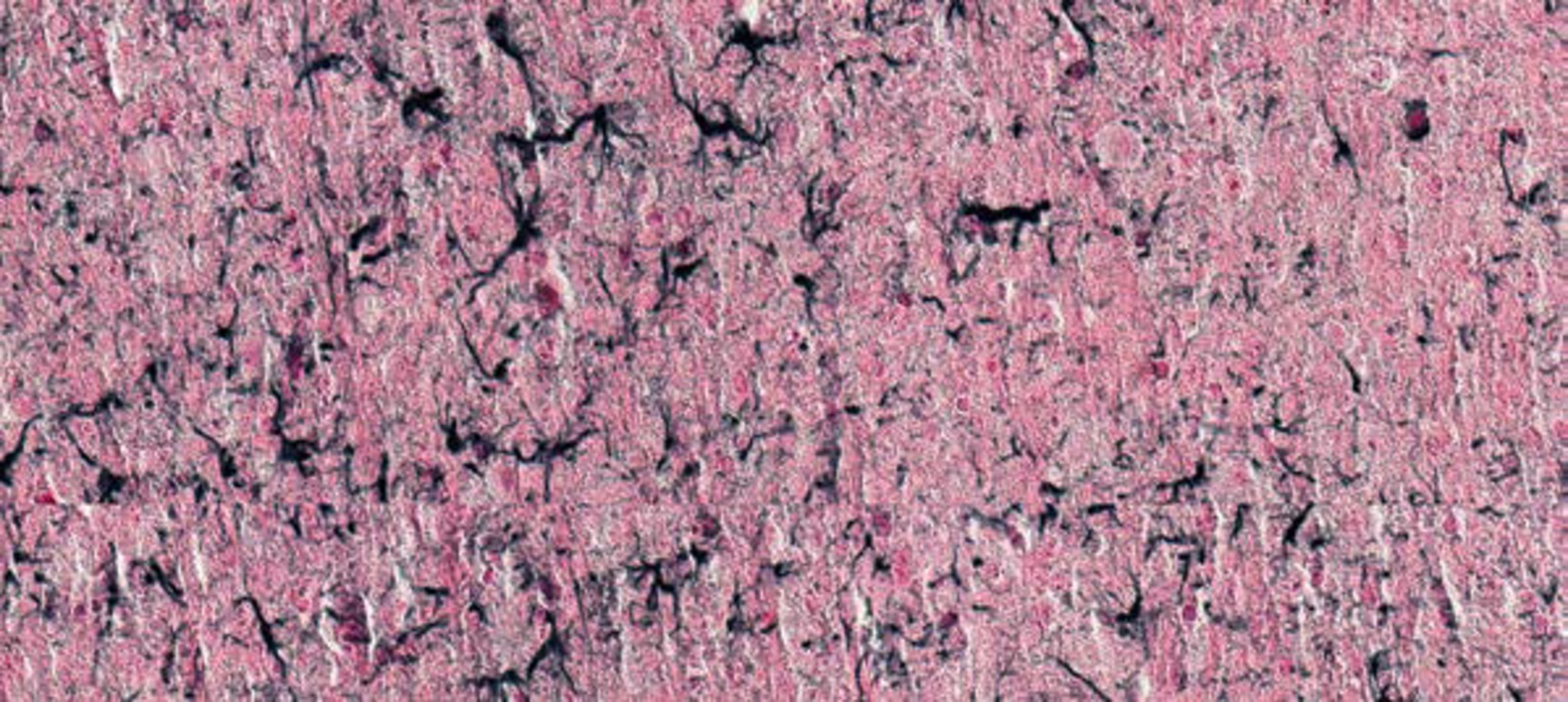
Front cover: GFAP immunostaining of brainstem sections from (Thy1)-h[A30P]-αSyn mice. Lifelong high fat diet led to a significantly premature onset of brainstem astrogliosis (cover) and synucleinopathy (not shown). J. Neurochem. 2014, vol. 131 (6), pp. 848–858.
Read the full article on doi: 10.1111/jnc.12813
Issue Information
IN THIS ISSUE
EDITORIAL HIGHLIGHT
Lardy brains make Parkinson's disease mice worse
- Pages: 697-698
- First Published: 20 August 2014
Read the full article ‘Diet-induced obesity accelerates the onset of terminal phenotypes in α-synuclein transgenic mice’ on page 848.
REVIEW ARTICLES
Understanding cadherin EGF LAG seven-pass G-type receptors
- Pages: 699-711
- First Published: 03 October 2014
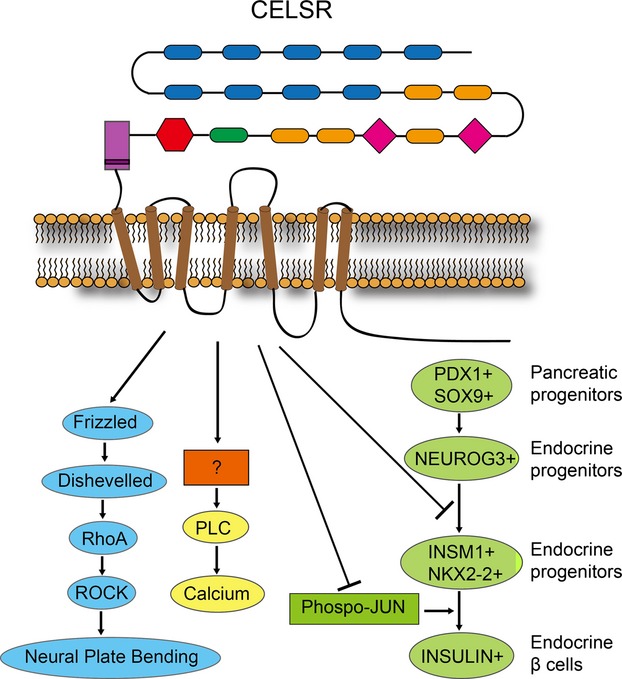
The cadherin EGF LAG seven-pass G-type receptors (CELSRs) are a special subgroup of adhesion G protein-coupled receptors (GPCRs), which have large ecto-domains that form homophilic interactions and encompass more than 2000 amino acids. Recent studies have revealed that CELSRs are pivotal regulators of many biological processes, such as neuronal/endocrine cell differentiation, vessel valve formation and the control of planar cell polarity during embryonic development.
High-affinity glutamate transporters in chronic pain: an emerging therapeutic target
- Pages: 712-730
- First Published: 30 September 2014
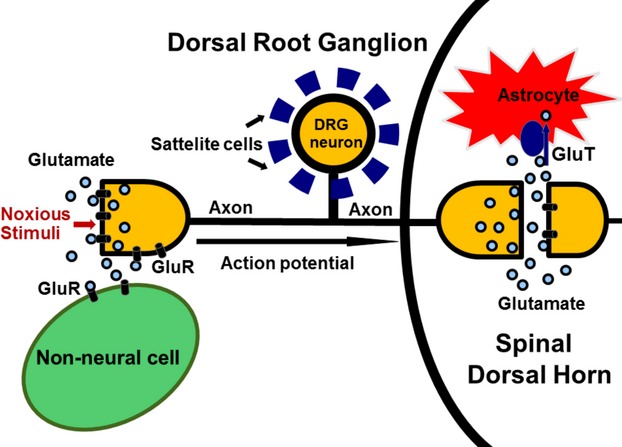
Neurons conducting pain signals from periphery to the spinal cord are predominantly glutamatergic. High-affinity glutamate transporters (GluTs) regulate extracellular glutamate concentrations and, thus, modulate excitatory signalling in pain circuits. The present review critically analyses accumulated data on the roles of GluTs in molecular mechanisms of chronic pain, as well as perspectives for targeting this transport system in pain therapies.
ORIGINAL ARTICLES
Gene Regulation & Genetics
MicroRNA-302b-inhibited E2F3 transcription factor is related to all trans retinoic acid-induced glioma cell apoptosis
- Pages: 731-742
- First Published: 11 July 2014
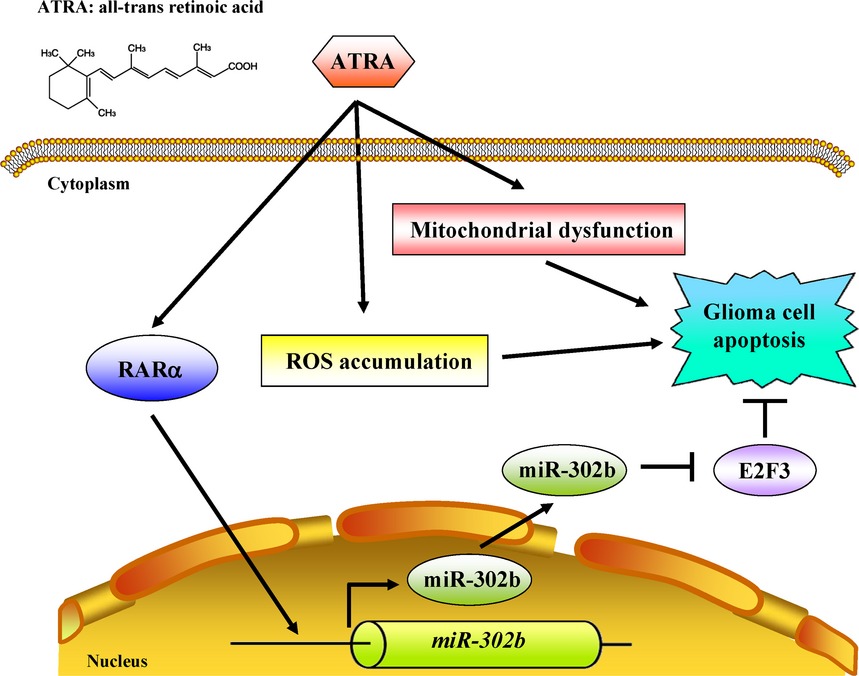
We propose that high-dose all-trans retinoic acid (ATRA) treatment, a derivative of retinoid, significantly induces glioblastoma cell apoptosis via caspase-dependent apoptosis, endoplasmic reticular (ER) stress, and intracellular reactive oxygen species (ROS) accumulation. The miR-302b overexpression enhanced by ATRA-mediated retinoic acid receptor (RAR)α pathway was also identified. The E2F3 repression, a novel target gene of miR-302b, was involved in ATRA-induced glioblastoma cell cytotoxicity.
Localization of heat shock protein HSPA6 (HSP70B') to sites of transcription in cultured differentiated human neuronal cells following thermal stress
- Pages: 743-754
- First Published: 15 October 2014
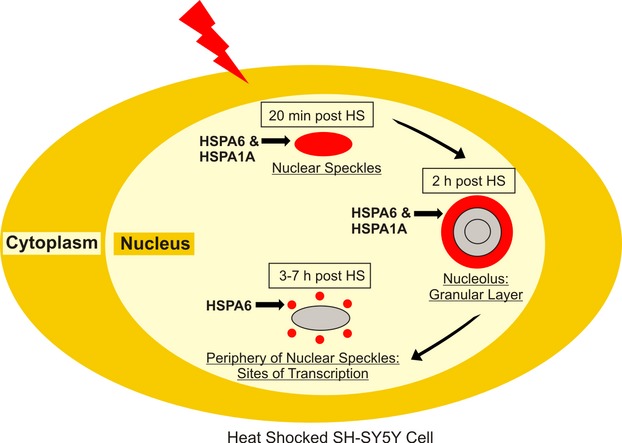
Potential stress-sensitive sites were identified in differentiated human SH-SY5Y cells by the localization of HSPA6 (HSP70B') and HSPA1A (HSP70-1) to nuclear components following heat shock. HSPA6 and HSPA1A rapidly moved to nuclear speckles, enriched in RNA splicing factors, then to the granular layer of the nucleolus. Subsequently, HSPA6 exhibited a novel localization not observed for the more widely studied HSPA1A, namely association with the periphery of nuclear speckles that are sites of transcription. HS = heat shock; HSPA6 = HSP70B' protein; HSPA1A = HSP70-1 protein.
Signal Transduction & Synaptic Transmission
Continuous infusion of substance P into rat striatum alleviates nociceptive behavior via phosphorylation of extracellular signal-regulated kinase 1/2
- Pages: 755-766
- First Published: 30 August 2014
Larvae of the small white butterfly, Pieris rapae, express a novel serotonin receptor
- Pages: 767-777
- First Published: 04 September 2014
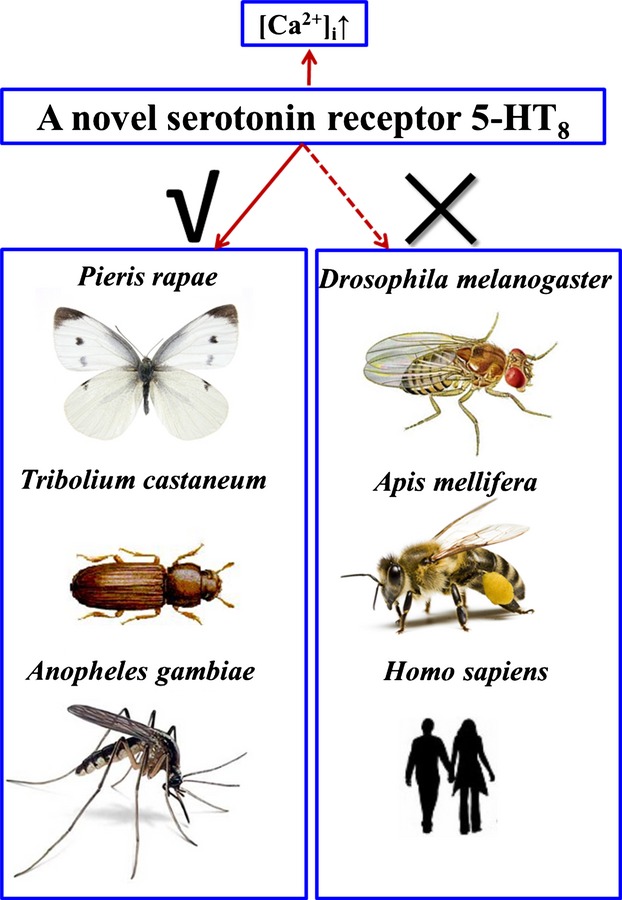
We isolated a cDNA (Pr5-HT8) from larval Pieris rapae, which shares relatively low similarity to the known GPCRs. After heterologous expression in HEK293 cells, Pr5-HT8 mediated increased [Ca2+]i in response to low concentrations (< 10 nM) of 5-HT and various 5-HT receptor agonists. We found orthologs of Pr5-HT8 in some insect pests and vectors such as beetles and mosquitoes, but not in the genomes of honeybee, parasitoid wasps, or mammals.
Bioenergetics & Metabolism
Neurotherapeutic effects of novel HO-1 inhibitors in vitro and in a transgenic mouse model of Alzheimer's disease
- Pages: 778-790
- First Published: 11 August 2014

We propose that the targeted suppression of glial heme oxygenase-1 (HO-1) hyperactivity may prove to be a rational and effective therapeutic intervention in Alzheimer's disease (AD) and related neurodegenerative disorders. We report attenuation by a selective HO-1 inhibitor of oxidative damage to whole-cell and mitochondrial compartments in astrocytes in vitro and amelioration of behavioral anomalies in a transgenic mouse model of AD.
Hyperammonemia enhances the function and expression of P-glycoprotein and Mrp2 at the blood–brain barrier through NF-κB
- Pages: 791-802
- First Published: 09 September 2014
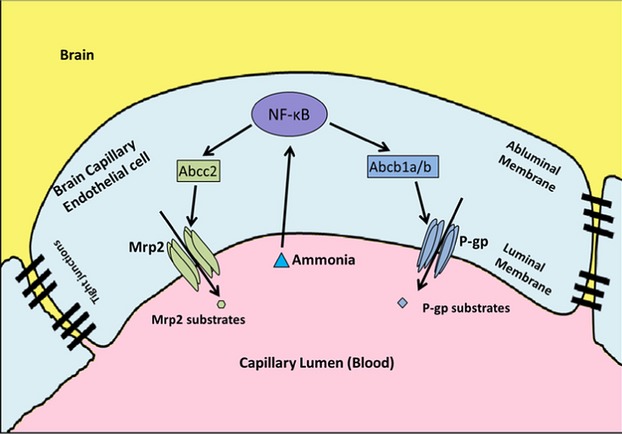
Hyperammonemia, a proverbial main factor responsible for neurocognitive disorder and blood–brain barrier (BBB) dysfunction resulting from liver failure, could increase the expression and activity of P-glycoprotein and multidrug resistance-associated protein 2 (Mrp2) at the BBB both in vivo and in vitro. Furthermore, the NF-κB activation stimulated by hyperammonemia may be the potential mechanism underlying such abnormalities induced by hyperammonemia.
Neuroinflammation & Neuroimmunology
HIV-1 Tat C modulates NOX2 and NOX4 expressions through miR-17 in a human microglial cell line
- Pages: 803-815
- First Published: 21 August 2014
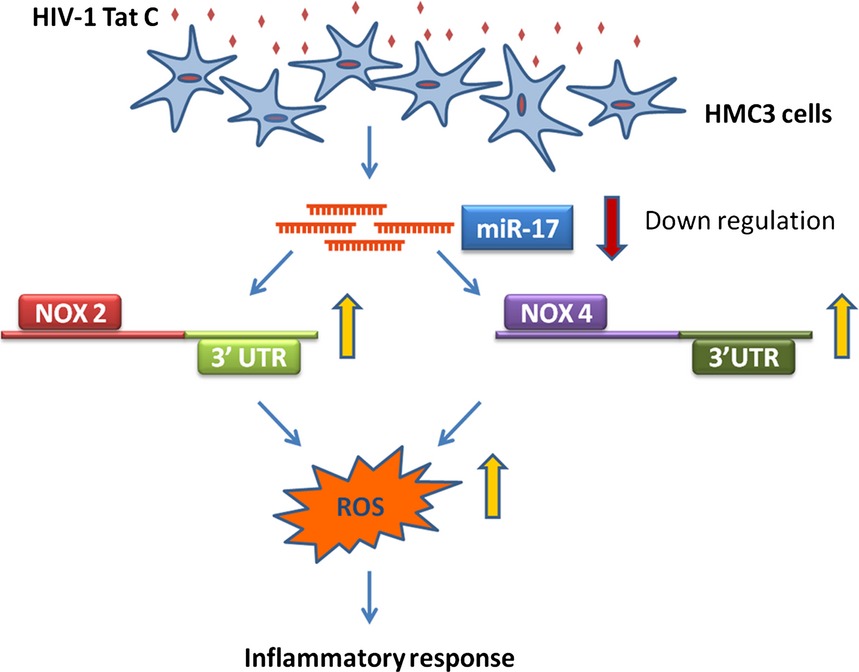
Activated microglial cells mediated neuroinflammatory events are observed in HIV-associated neurological disorders. The reduction in miR-17 levels was observed in microglial cells exposed to HIV-1 Tat C protein. miR-17 regulated the expression of NOX2 and NOX4, which in turn regulated the reactive oxygen species (ROS) production in microglial cells. Increased ROS production led to the activation of microglial cells and increased cytokine production. This study thus demonstrated a novel miR-17-mediated regulatory pathway of ROS production in microglial cells. HMC3 = human microglia clone 3 cell lines.
Involvement of TG-interacting factor in microglial activation during experimental traumatic brain injury
- Pages: 816-824
- First Published: 15 October 2014
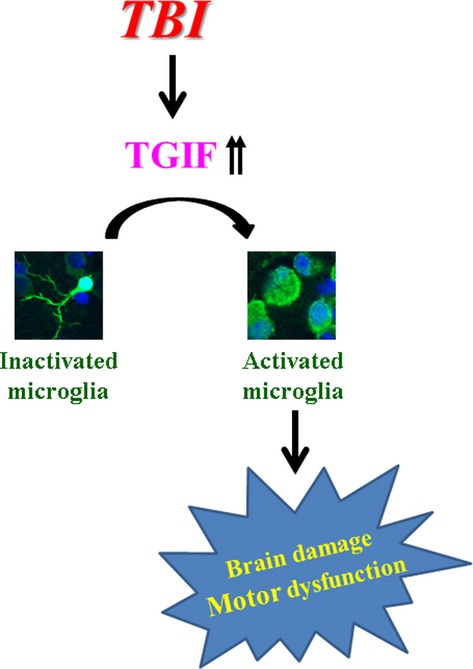
This study investigated the roles of transforming growth-interacting factor (TGIF) in a traumatic brain injury (TBI)-rat model. We demonstrated the increase of TGIF levels in the activated microglia of the pericontusional cortex of rats with TBI. Intracerebral knockdown of TGIF in the pericontusional cortex of the TBI rats significantly attenuated micoglial activation, reduced the volume of damaged brain tissue, and facilitated recovery of limb motor function. We suggest that inhibition of TGIF might provide a promising therapeutic strategy for TBI.
Neuronal Plasticity & Behavior
Blockage of melanocortin-4 receptors by intranasal HS014 attenuates single prolonged stress-triggered changes in several brain regions
- Pages: 825-835
- First Published: 02 August 2014
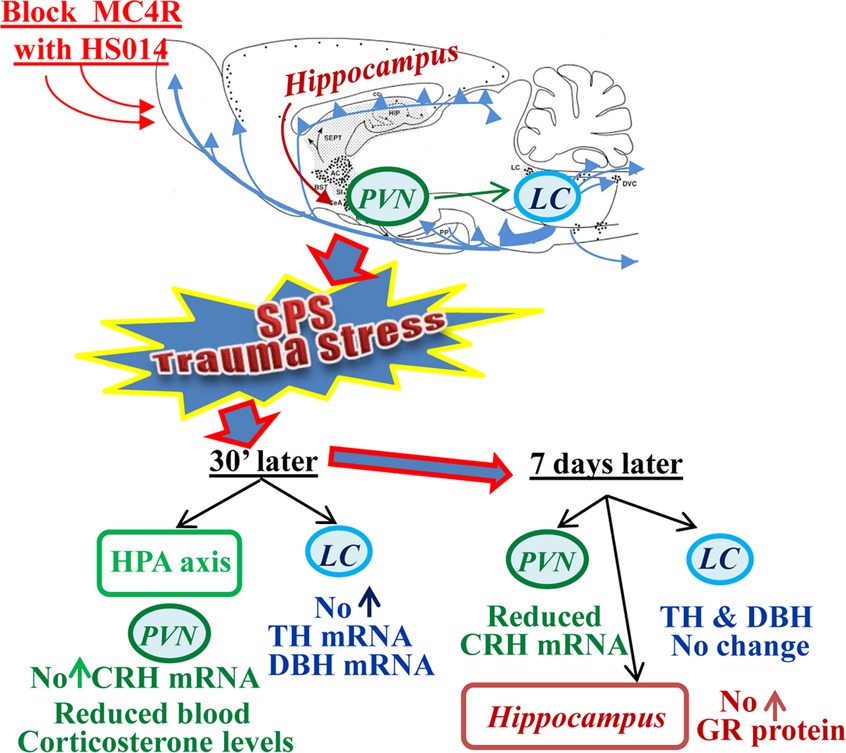
Blockade of brain melanocortine receptor 4 (MC4R) with intranasal infusion of the MC4R antagonist HS014 to rats prior to single prolonged stress (SPS) leads to faster termination of stress responses (30 min later) and prevents or attenuates SPS-triggered abnormal gene expression related to post-traumatic stress disorder (7 days later). Targeting of brain MC4R is a promising strategy to protect HPA axis, LC-NE (locus coeruleus-norepinephrine) systems and hippocampus from overstimulation.
Sensitization of ethanol-induced place preference as a result of up-regulation of type 1 inositol 1,4,5-trisphosphate receptors in mouse nucleus accumbens
- Pages: 836-847
- First Published: 15 September 2014
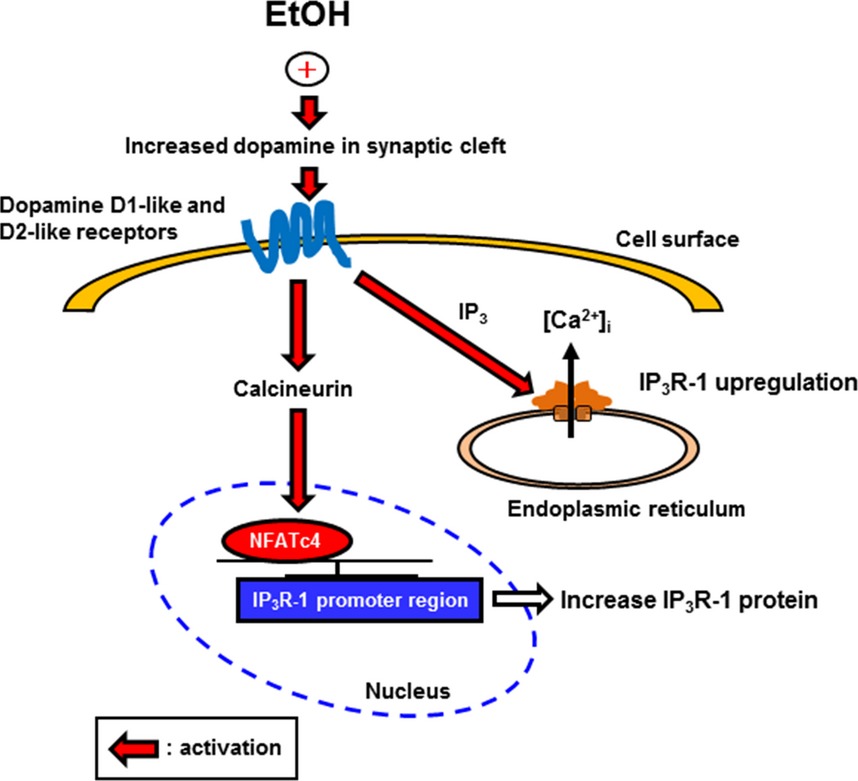
We revealed signal transduction pathways that may promote sensitization of ethanol (EtOH)-induced place preference. EtOH facilitated the release of dopamine (DA) in the Nucleus accumbens (NAcc), enhancing calcineurin function via dopamine D1-like and D2-like receptor activation, which in turn resulted in increased NFATc4 expression. Increase in NFATc4 may further facilitate transcription factor binding to IP3R-1 promoter domain to stimulate IP3R-1 synthesis. Such increased IP3R-1 elevates intracellular Ca2+ concentration via facilitated mobilization of Ca2+ from the intracellular Ca2+ stores to the cytosol.
HIGHLIGHTED ARTICLE
ORIGINAL ARTICLES
Molecular Basis of Disease
Diet-induced obesity accelerates the onset of terminal phenotypes in α-synuclein transgenic mice
- Pages: 848-858
- First Published: 03 July 2014
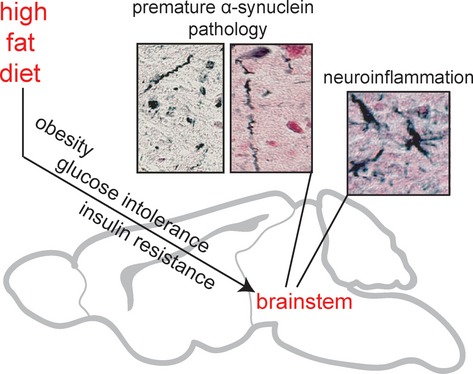
Life-long high fat diet (HFD) induces obesity and glucose intolerance in a transgenic mouse model for α-synucleinopathy and thereby leads to decreased life span as well as accelerated age of onset of the terminal phenotype. This is accompanied by increased neuroinflammation and premature α-synuclein pathology in the brainstems of the HFD-fed mice.
Read the Editorial Highlight for this article on page 697.
Cover Image for this issue: doi: 10.1111/jnc.12602.
ORIGINAL ARTICLES
Molecular Basis of Disease
Divergent effects of the H50Q and G51D SNCA mutations on the aggregation of α-synuclein
- Pages: 859-867
- First Published: 01 July 2014
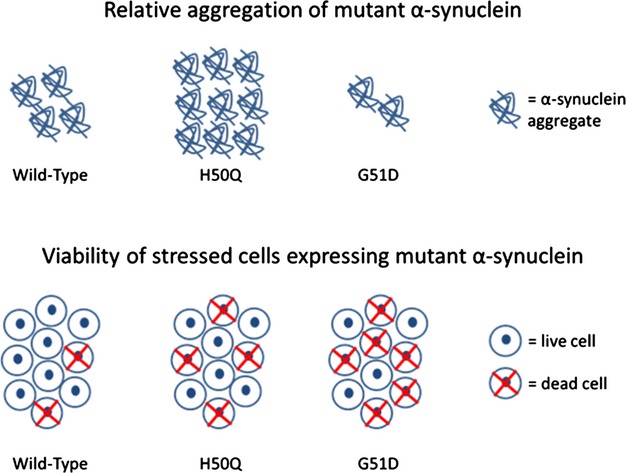
The α-synuclein (SNCA) mutations, H50Q and G51D, cause Parkinson's disease. We found that H50Q increases and G51D decreases the rate of α-synuclein aggregation in vitro, and cells over-expressing the mutant proteins show decreased viability when stressed, compared to wild type. G51D is the first SNCA mutation to show decreased α-synuclein aggregation, suggesting a distinct disease mechanism to other SNCA mutations.
α-synuclein-induced mitochondrial dysfunction in isolated preparation and intact cells: Implications in the pathogenesis of Parkinson's disease
- Pages: 868-877
- First Published: 15 October 2014
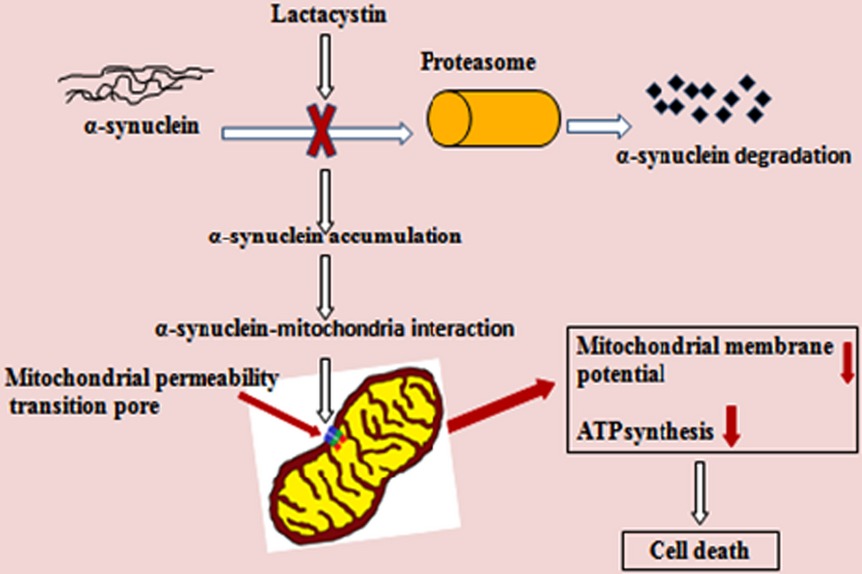
α-Synuclein is shown to cause mitochondrial impairment through interaction with permeability transition pore complex in isolated preparations. Intracellular accumulation of α-synuclein in SHSY5Y cells following proteasomal inhibition leads to mitochondrial impairment and cell death which could be prevented by knocking down α-synuclein gene. The results link mitochondrial dysfunction and α-synuclein accumulation, two key pathogenic mechanisms of Parkinson's disease, in a common damage pathway.




